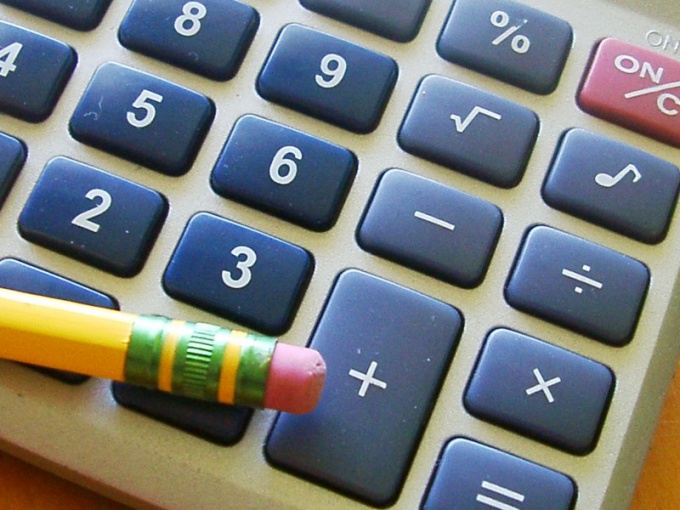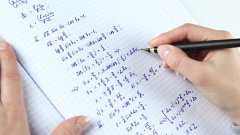You will need
- - measurement data;
- calculator.
Instruction
1
Before you can calculate absolute uncertainty, take for initial data a few postulates. Eliminate gross errors. Accept that the necessary amendments have already been calculated and included in the result. The amendment may be, for example, the transfer starting point of measurement.
2
Take as a starting position that is known and taken into account random error. This implies that they are less systematic, i.e., absolute and relative, are specific to this device.
3
Random errors affect the result, even high-precision measurements. Therefore, any result will be more or less close to absolute, but there will always be differences. Determine this interval. It can be expressed by the formula (Hism - HH)≤Chism ≤ (Hism+HH).
4
5
Knowing the true value of the measurement, you can find the absolute error, which should be considered in all subsequent measurements. Find the value of X1 – specific data measurement. Determine the difference between the HH, subtracting a larger number from a smaller. When error determination takes into account only the module of this difference.
Note
As a rule, in practice, absolutely accurate measurement is not possible to lead. Therefore, for the reference value is taken as the limit error. It represents the maximum value of the modulus of the absolute error.
Useful advice
In practical measurements the magnitude of the absolute error is usually taken as half the smallest scale. When operating with numbers over the absolute error is taken half the value of the digit that is in the following with accurate figures for the category.
To define the accuracy class of the instrument is more important is the ratio of absolute error to the measurement result or the length scale.
To define the accuracy class of the instrument is more important is the ratio of absolute error to the measurement result or the length scale.





